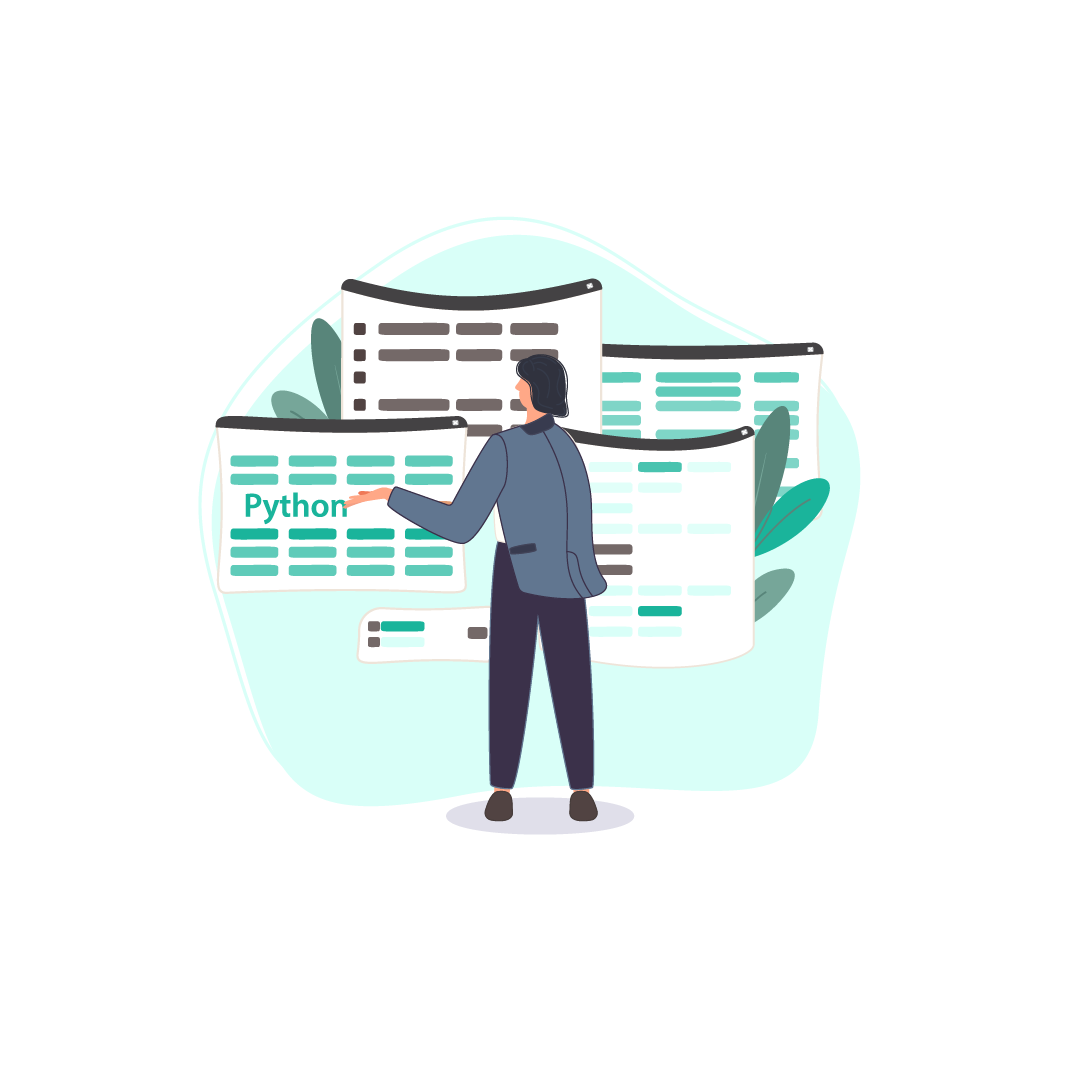Introduction to Python for Data Science
Introduction to the course:
Data Science has been the most trending technology in recent times in every field. Organizations use data science to predict their businesses and stock market. There are various tools available for data analytics such as Python, Hadoop, R programming, SAS, SQL and many more. But Python is a favorite and most widely used tool in data science due to its predefined packages such as numpy, panda etc. It is a flexible and open source language. Its massive libraries are used for data manipulation and are very easy to learn even for a beginner data analyst.
Python over others?
- Choice of Libraries– Massive database of libraries are available with artificial intelligence and machine learning and other visualization options like Scikit Learn, TensorFlow, Seaborn, Pytorch, Matplotlib.
- User Friendly and Powerful– Python is a user oriented language used by beginners. Time spent on debugging codes and on various software engineering constraints are also minimized. Many data science and machine learning tutorials and resources are available online which can be easily accessed.
Scope of Python
- Organizations of all sizes and Industries say it a financial institution or small big data start up, everyone is using Python for their business.
- Python is among the popular data science programming languages not only in Big data companies but also in the tech start up crowd. Around 35% of data scientists use Python.
- Python is great when you want to do machine learning or when you’re just starting out with data science
- Python is finding Increased adoption in numerical computations, machine learning and several data science applications.
- Python for data science requires data scientists to learn the usage of regular expressions, get working with the scientific libraries and master the data visualization concepts.
Python career in Data Science
The Python programming language is currently the most popular language for Data Scientists worldwide. This claim is substantiated by IEEE, which tracks programming languages by popularity. Some of the job profiles are
- Software Developer
- Python Developer
- Research Analyst
- Data Analyst
- Data Scientist
- Machine Learning Analyst
What Will I Learn?
- Software Developer
- Python Developer
- Research Analyst
- Data Analyst
- Data Scientist
- Machine Learning Analyst
Course Content
0.1 Welcome to Python for data science-Crash course
-
Welcome to Python for data science-Crash course
00:52
1. Why Python
2.0 Google Colab
2.1 Google Colab Interface
3 Hello World
4. Arithmatic Operations
5 Variables
6 Data Types
6.5 Changing Data Types
7.0 Strings
7.1 Indexing and Slicing
7.2 String Operations
8 Operators and operands
9. Logical Operators
10. Control Structure
11. For Loop
12. While loop
13. Lists
14. Operations Performed in list
15. Tuple
16 Dictionary
About the instructor
10 Courses
156 students



